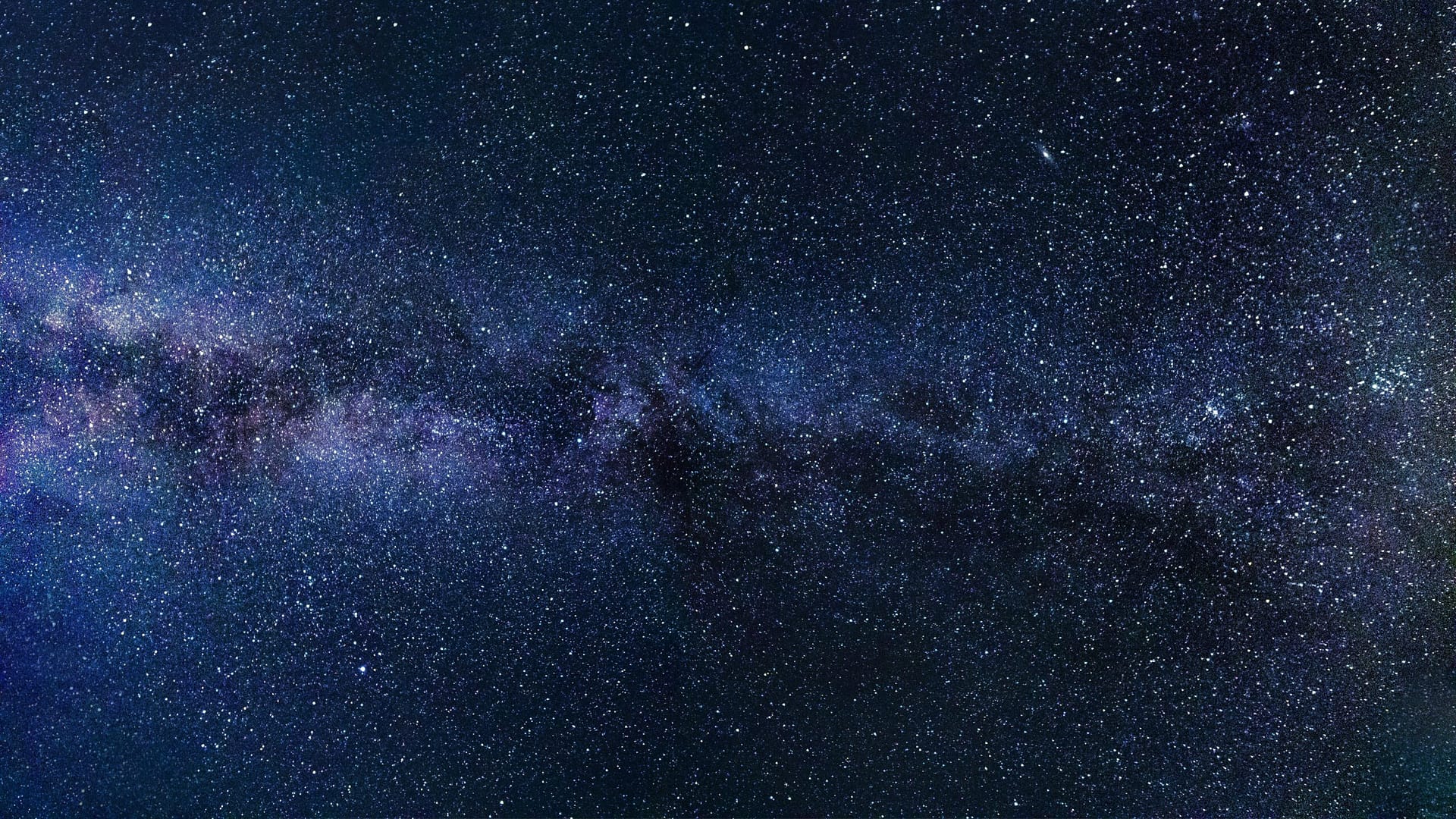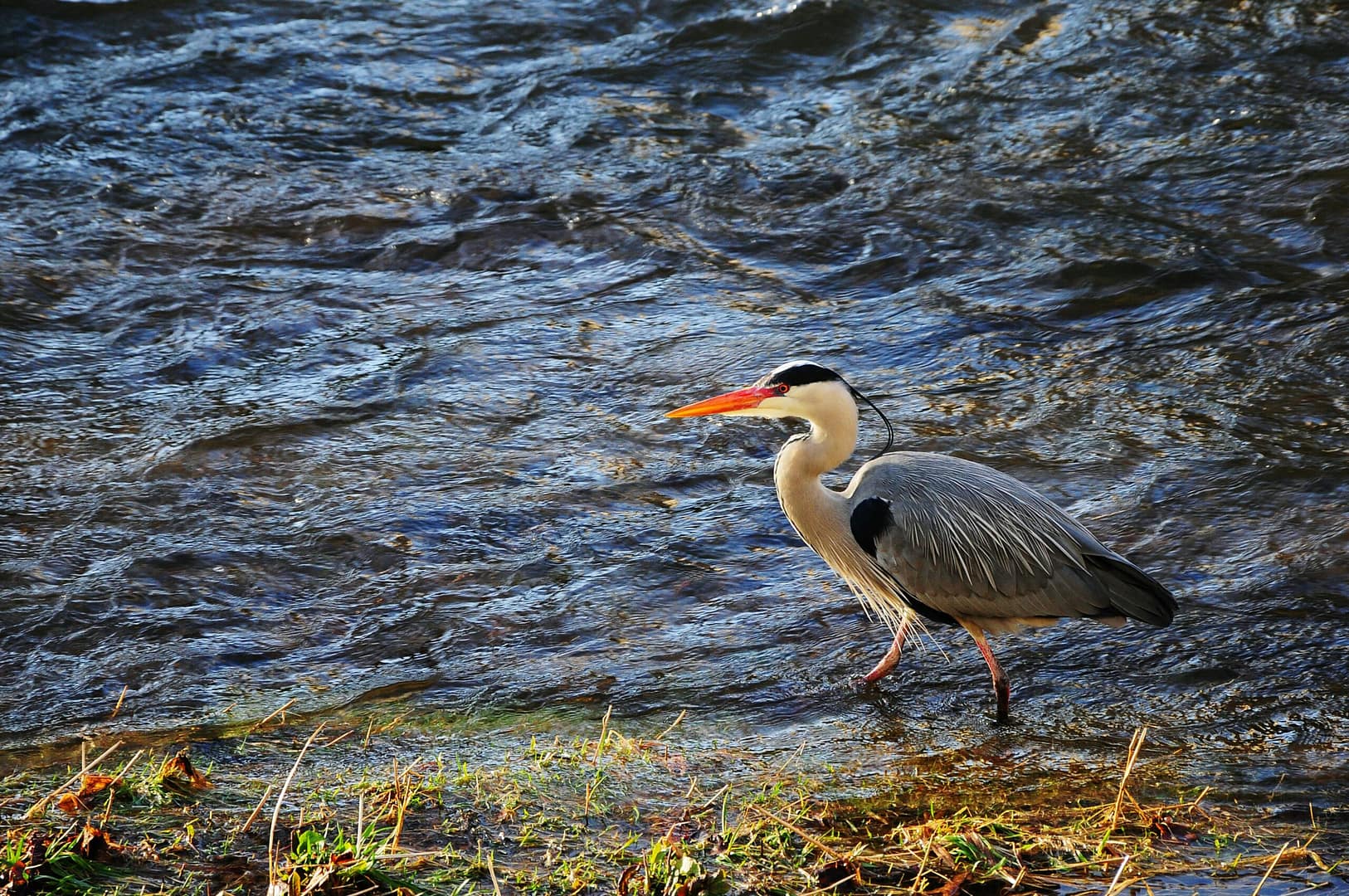
Imagining…
Where Science Meets Creative Writing
Find a story within the topics above
How can we look at fossils and understand what creatures roamed the Earth millions of years ago?
How can we predict the behavior of materials deep within planetary interiors?
How can we reverse humanity’s impact on the global climate?
How can we predict habitats for life on other planets?
Doing impactful, innovative research requires training our brain to imagine the elusive unknown, even when bounded by scientific evidence. Now, more than ever in the history of human civilization, there is a pressing need to exercise our imagination muscles. Writing scientific fiction while accounting for the real science is a powerful way to do just that—to learn what is possible, what is probable, how we can change the future, and what our responsibility is to the future generation of our species.
Most Recent Stories
-
-
Progress Without Morals
A scientist is trying to harness microbial properties to develop a fantastic tool. He believes he can; but should he?
-
For Today’s Inspiration
- Newly Found Organics in Enceladus’ Plumes
Dramatic plumes, both large and small, spray water ice out from many locations along the famed tiger stripes near the south pole of Saturn’s moon Enceladus in this image released on Feb. 23, 2010. A study published in October 2025 analyzed data from NASA’s Cassini mission and found evidence of previously undetected organic compounds in
- NASA Astronaut Chris Williams, Crewmates Arrive at Space Station
NASA astronaut Chris Williams, accompanied by Roscosmos cosmonauts Sergey Kud-Sverchkov and Sergei Mikaev, safely arrived at the International Space Station on Thursday, expanding the orbiting laboratory’s crew to 10 for the next two weeks. The trio launched aboard the Soyuz MS-28 spacecraft at 4:27 a.m. EST (2:27 p.m. Baikonur time) from the Baikonur Cosmodrome in
- EPA to Abandon Stricter PM2.5 Air Pollution Limits
The U.S. Environmental Protection Agency moved this week to reduce limits on fine particulate air pollution, including soot, set by the Biden administration last year.
- The Land Beneath Antarctica’s Ice Might Be Full of Water
Seismic surveys hint at the extent of a potential groundwater system in the White Continent.
- Whither the world’s winds | Science
An author probes the history and future of the planet’s gentle breezes and brisk gales
- A human history of machines | Science
Our lived experiences inform technology and are, in turn, transformed by it
- In This Issue
Proceedings of the National Academy of Sciences, Volume 122, Issue 47, November 2025. <br/>
- Deep learning reveals how cells pull, buckle, and navigate fibrous environments
Proceedings of the National Academy of Sciences, Volume 122, Issue 47, November 2025. <br/>SignificanceThe mechanical forces cells generate govern behaviors from embryonic development to cancer metastasis. Nearly all knowledge of these forces comes from cells on flat surfaces, environments that poorly represent the fibrous architecture of real …
- Laser cooling traps more antimatter atoms than ever before
Nature, Published online: 28 November 2025; doi:10.1038/d41586-025-03877-wStudying trapped antimatter could help to explain why our world is so full of matter.
- Audio long read: Faulty mitochondria cause deadly diseases — fixing them is about to get a lot easier
Nature, Published online: 28 November 2025; doi:10.1038/d41586-025-03797-9Researchers have struggled to precisely edit mitochondrial DNA, but new techniques are bringing this ability within reach.


